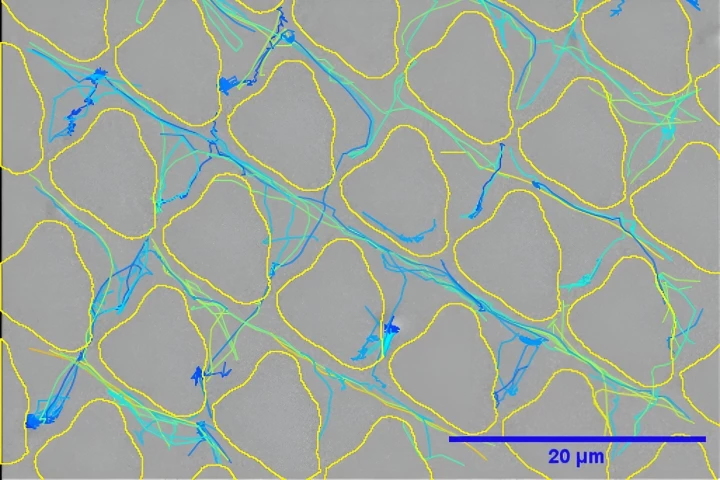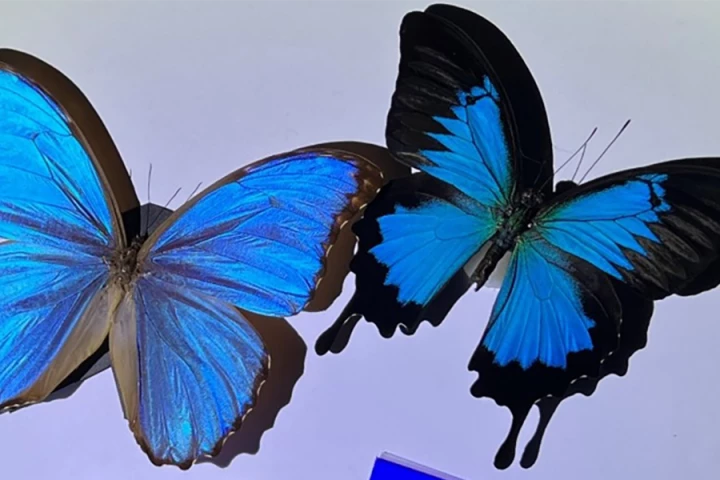Surfaces
-
We've seen surfaces that kill microbes on contact, but scientists in the UK have recently gone a potentially more effective route. They've created maze-like surface patterns that keep bacteria from sticking around to establish biofilm colonies.
-
Ice wreaks havoc on surfaces, but we might have a new way to prevent it building up. Scientists at Northwestern University have shown that textured surfaces with thin layers of graphene oxide can stay completely frost-free for long periods.
-
Limescale buildup in thermal power plants due to the use of hot water can substantially affect efficiency, prompting researchers to develop a novel soft hydrogel-based surface coating that repels limescale crystals and prevents them from adhering.
-
Preventing or clearing ice build-up on surfaces is a major winter problem, as some areas are currently experiencing. Scientists at KAIST have now developed a new thin film coating made of gold nanorods that can passively melt ice using just sunlight.
-
Inspired by a water-dwelling spider, researchers have created a novel surface material that stays dry for months underwater. They say the surface is easy to produce, scalable, and has a wide range of practical applications.
-
Ice build-up can pose a problem for roads, aircraft, wind turbines and power lines, among many other things. Now scientists have developed a new structure made of copper nanowires that can passively de-ice surfaces with an efficacy of close to 100%.
-
Lighter colors are cooler than darker ones, which can limit the practical palette choices for your clothes, car or house. A new material, inspired by butterfly wings, can produce vibrant colors while reflecting 100% of light to keep them cooler.
-
Engineers have developed a new system that can move objects without physical contact. The technique involves ultrasound waves acting on specialized surfaces to push or pull objects in set directions, which could help in manufacturing and robotics.
-
Scientists have developed a way to produce a web of quantum entangled photons using a far more simple setup than usual. The key is a precisely patterned surface 100 times thinner than paper, which could replace a roomful of optical equipment.
-
Researchers have developed a simple new way to make material surfaces with intricate nanoscale textures, all inspired by nature. Different patterns have a range of applications, like making antimicrobial surfaces or reducing ship hull friction.
-
Surfaces in contact with salty water usually end up with a corrosive layer of salt caked on. Now, engineers at MIT have made these minerals so easy to remove that they often just fall off on their own – by forming “crystal critters.”
-
Goggles, glasses and windshield can fog up if there’s a difference in temperature or humidity. Researchers at ETH Zurich have developed a new anti-fog coating that warms up the surface without needing electricity.
Load More











